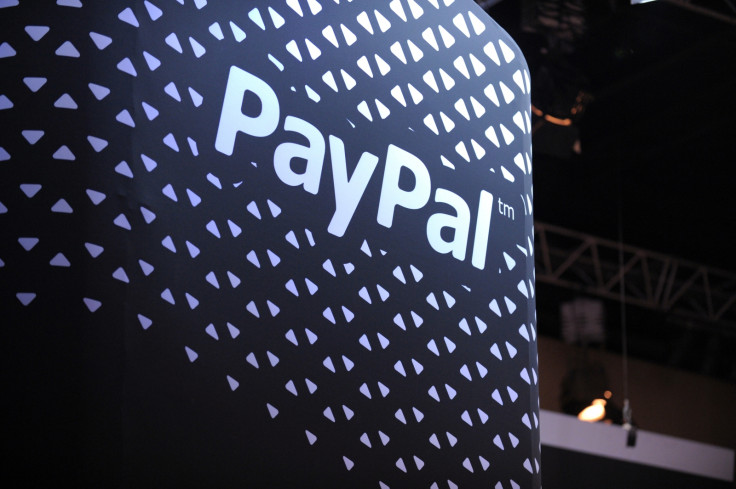PSD2: The new regulatory framework for payments that's set to change global banking
Its not just another banking regulation, but rather a strategy.

2018 is the year that the banking sector will be shaken up, and retail banking is no exception. While the rise of fintech and disruptive technologies has resulted in alternative payment methods, such as PayPal, iDeal and SoFort, offering more consumer choice, they lack oversight or regulation with protection standards across Europe varying from country-to-country.
The second Payment Services Directive (PSD2) aims to create a level playing field for all payment service providers, while enhancing security and customer protection. It also allows different sectors, such as Fintech companies, retailers, and social media platforms, that have previously struggled to add value to customers due to rigid banking structures, to directly engage with them.
Coming into force on 13 January 2018, PSD2 is much more than just another banking regulation, but rather a strategy, which demands operational and infrastructure change.
What is PSD2?
PSD2 is an updated version of the regulation that was originally implemented in 2009, and brings all new disruptive and innovative payment platforms under one regulatory umbrella.
The regulation means banks will have to open their payments infrastructure and customer data to licensed third parties, after receiving permission from customers. As a result of data sharing, PSD2 will ultimately break the banks' monopoly over user data, in turn creating more competition across the financial services sector.
PSD2 will activate capabilities to pay bills, make peer-to-peer transactions through third parties such as Google or social media platforms like Facebook, all while the banks continue to manage the overall current account funds.
The third party providers are granted access by banks to customer accounts through open application programming interface (APIs) – a set of rules and regulations overseeing how applications can communicate and interact with each other.
The regulation will not only promote security and transparency in retail payments processing, but also lower the barrier for new players wishing to enter the payments market – ultimately creating competition and driving innovation in the financial services sector.
The implications
While PSD2 focuses on payments and access to accounts, its implications extend further and potentially pose technology and operational challenges. Although online payments will become secure as a result of the regulation, banks will be required to implement a robust two-step verification.

This process will entail a customer-identity verification and authentication via APIs and will play an integral part in the data-sharing between third parties and banks. As a result, not only will banks need to grant access to customers' data, but they will first and foremost need to gain consent from their customers and be transparent in communicating how the data will be used.
The transparency in communication required for PSD2 is expected to be a challenge for banks that already have numerous layers of processes in place and will have to invest in new technology and reshuffle the current structure to ensure that they comply with PSD2 rules.
As such, the banking sector needs to prepare for the new processes to ensure they are able to provide a seamless and transparent service once PSD2 comes into play. The question is no longer purely about how ready banks are to embrace open banking, but whether they have the right structures and processes in place to facilitate the changes and remain competitive.
Although rigid by nature, banks should consider collaborating with Fintechs and third-party service providers to extend their reach outside their traditional operational structures and help them work in a more agile way.
An integral part in preparing for PSD2 is crafting a clear strategy to ensure investment is directed towards innovative solutions that will push the business to greater capabilities.
Failing to map out a comprehensive strategy from the start, puts businesses at risk of falling behind in an -increasingly competitive financial services market, where collaboration between banks and Fintech companies on emerging technologies plays an integral role in the sector's future.
Although rigid by nature, banks should consider collaborating with Fintechs and third-party service providers to extend their reach outside their traditional operational structures and help them work in a more agile way. By creating and managing partnerships with other payments service providers, banks could cut costs and the time it takes to market innovations.
The new face of payments
European banks that start thinking about PSD2 outside of the demands of immediate regulatory compliance and place customers at the core of future service innovation are more likely to emerge as winners in the post-PSD2 era.
Competition in the finance industry will no longer be between different banks, but "everyone offering financial services". Those players with a clear and innovative strategy which integrates collaboration and technological progress will be able to tap into uncapped growth potential and will in turn, be victorious.
Financial institutions are investing heavily in big data, artificial intelligence, blockchain and distributed ledger technology. Instead of determining how technology can service their business model, they are looking to see what new business models the new technology might suggest. This is the future.
Christopher Burke is the chief executive officer of Brickendon, a global management and technology consultancy, specialising in solutions for the financial services industry. He has over 18 years' experience advising and consulting global financial institutions, including banks, hedge funds and asset managers.






















